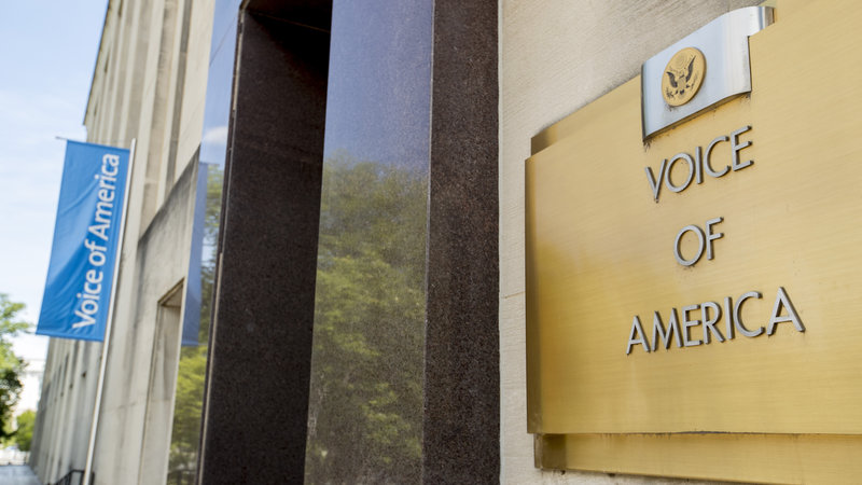
You’ve got to admire a friend so eccentric, so eclectic, that his magazine subscriptions included The National Enquirer, New England Journal of Medicine, Popular Mechanics, The New Yorker and How to Keep Your Volkswagen Alive (A Manual of Step-by-Step Procedures for the Compleat Idiot). Dr. Fred Terry Simmons was that friend – a Boston brahmin, graduate of Exeter, Yale, and McGill University Medical School and all-around tequila loving polymath.
In 1975 I sold him my 1967 Volkswagen Squareback. He named it F. Potato (yes, that F), re-registered it, drove it home to Los Angeles, ordered a vanity plate, kept the Idaho registration until they stopped renewing by mail, and drove it until it rolled down his steep driveway and self-demolished. Whereupon he bought an identical Squareback, named it The Biscuit, and drove it until he died and it was towed away in 2014. I often fantasized he might choose to be buried in it like one of the Pharaohs.

When he wasn’t fine tuning The Potato, my friend practiced hepatology (liver medicine), taught at both UCLA and USC medical schools as a recognized liver transplant authority. He never married but when he died his partner of almost 40 years, Karen aka The Chief (of pathology at Kaiser Permanente in LA), was tasked with winding down his estate. It was not a simple job although Terry left very specific instructions. His estate was to be liquidated with the proceeds to endow scholarships for young African American men to attend Exeter and Yale.
By the time the probate was completed, Karen had managed to secure two fully endowed scholarships for African American men to Exeter, one to Yale, and fund four additional four year scholarships to Yale through Jackie Robinson Scholars, a program Rachel Robinson, Jackie’s wife, established at the Jackie Robinson Foundation in 1973. In addition, there was enough money left to give grants to AA males through Prep for Prep, Fulfillment Fund, Partnership Scholars Program and the ACLU Los Angeles Education Program with a little left over for Doctors Without Borders.
Did I mention his eccentricity? Imagine how good this Boston WASP must feel for giving dozens of young African American men educational opportunities they might never have had but for his out of the box generosity.
This past summer under pandemic quarantine, my grandson Ben Westerman and I weren’t able to get together, so we made a plan to choose a book and Zoom once a week to discuss it. I asked if he knew who Jackie Robinson was and though his major interest is soccer he knew all about Jackie. We chose a Young Adult biography called Jackie Robinson: Breaking Barriers in Baseball as our book and met on Zoom all through the summer and fall. We supplemented the book with The Jackie Robinson Story and 42, two excellent films about Jackie’s life.

The book was a good choice. It was the summer of the George Floyd and Breonna Taylor murders, pro and anti-racial protests and a news cycle full of racial tension. Ben knew it and though Jackie’s life was the focus of our discussions we talked about what was happening on the streets of America today too. The racism that surrounded Jackie Robinson at every point in his Hall of Fame career helped us talk about race in a different way and showing the classy way Jackie dealt with it was inspiring to both of us.
Ben is such a beautiful child; with skin the color I tried to achieve every summer. But, being a child of color has drawbacks. We’re all aware of them, and his parents have already had “the talk” with him about how, as a child of color, wearing hoodies might not be smart in some situations.
If you’re wondering how these two very different people came together in my life, it’s because the Tuesday after Thanksgiving, is GivingTuesday, a day of charitable giving created in 2012 to “encourage people to do good.” That day caused me to reflect on the intersection of their lives–that as Terry left my life Ben was entering it and that by giving to the Jackie Robinson Foundation and United for Aid, the foundation that supports Ben’s youth soccer program I was honoring my old friend and paying it forward for my grandson.
That definitely feels good. Hail to Terry and the Chief!














































